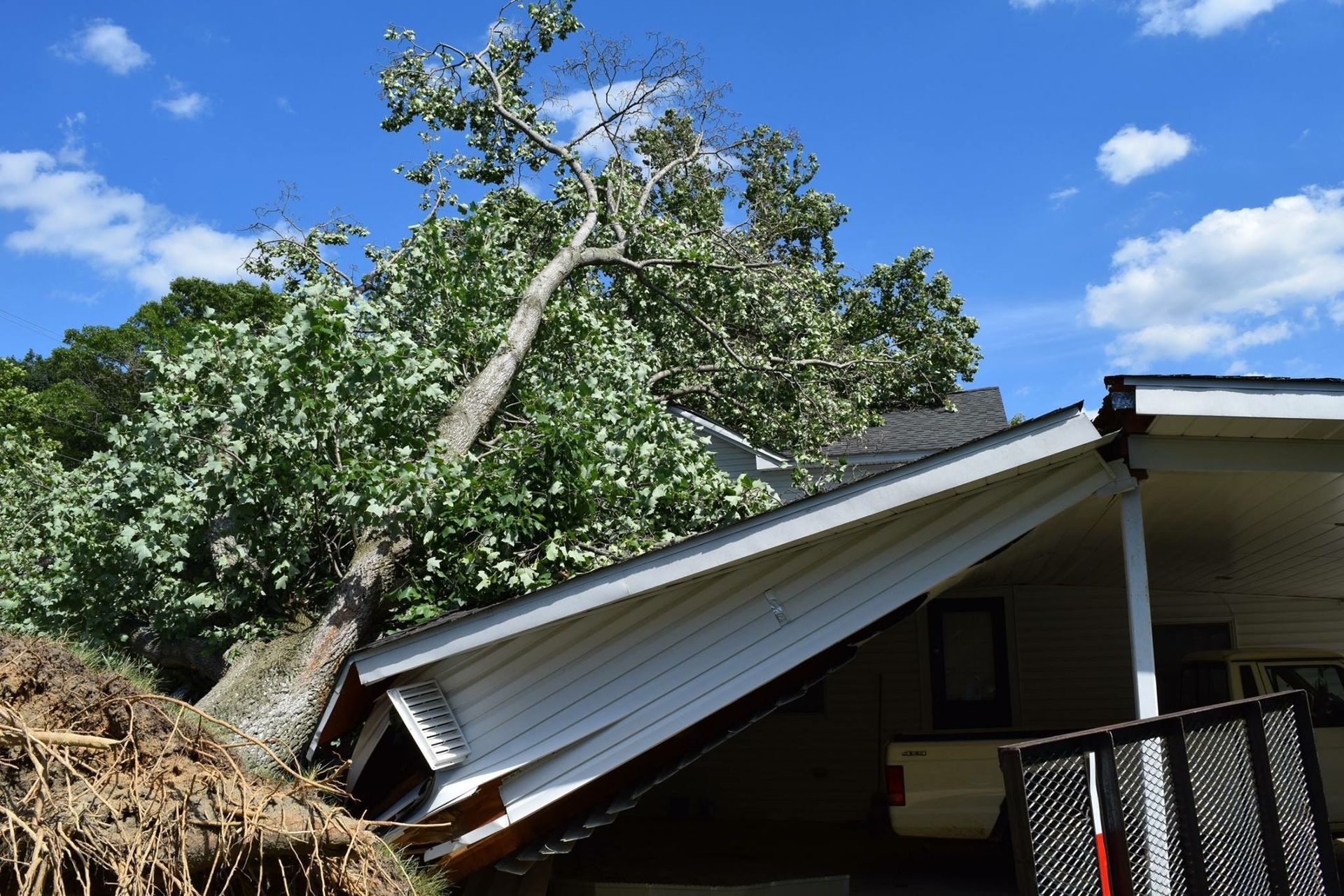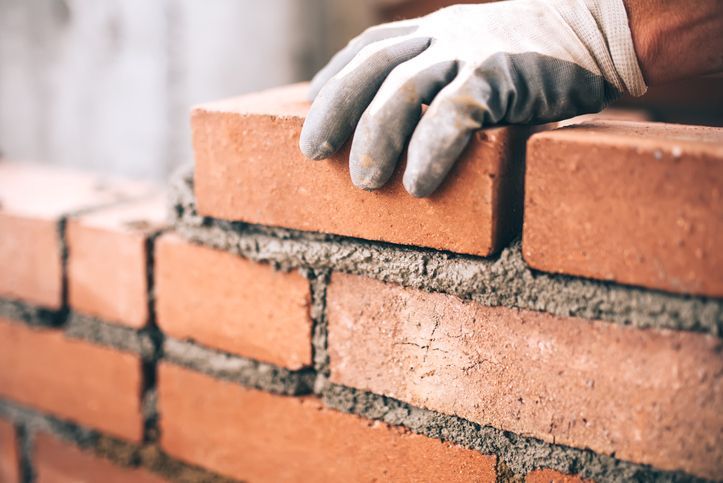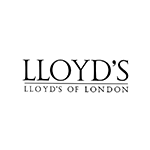PROFESSIONAL FIRE DAMAGE
REPAIR IN LINWOOD, NJ
CALL TODAY FOR A FREE ESTIMATE (609) 402-7428
EXPERT FIRE DAMAGE REPAIR IN LINWOOD, NJ
Fire damage doesn't end when the flames are out. In Linwood, structures often suffer hidden problems like smoke inside walls, soaked insulation, and weakened framing from heat. Fire damage repair means more than surface fixes. It starts with careful inspection to understand what's been compromised, especially when water and smoke have had time to settle deep into the building.
Smoke damage restoration is about more than odor—it’s about health and safety. Fine soot can spread through ventilation, settle in hard-to-reach places, and linger for weeks. Fire and water damage repair in this coastal area also means managing moisture carefully. If you don't handle cleanup with precision and proper equipment, Linwood's humidity slows drying, making mold a real concern.
Searching for
fire damage repair near you or emergency fire damage repair can be overwhelming. The
best fire and smoke cleanup services focus on doing things right the first time—identify, clean, dry, and restore. Commercial fire damage restoration adds extra layers of code compliance and structural care.
Our Fire Damage Repair Services in Linwood
FIRE DAMAGE CLEANING EXPERTS
Seaboard The first step after a fire is always assessment. You can’t fix what you don’t fully understand. In Linwood homes and buildings, fire often causes more than just what’s visible—damage hides in beams, wiring, and behind walls. Heat can warp structures, and water from firefighting efforts adds another layer of trouble. It's not about rushing into repairs; it's about safety and accuracy. A careful inspection helps pinpoint what's salvageable and what's not. Getting this right means the rest of the repair process stands on solid ground.
SMOKE CLEANUP PROCESS
Smoke has a way of getting into everything. Even in rooms the fire didn’t reach, you’ll find soot, residue, and that sharp smell clinging to surfaces. Linwood’s humidity doesn’t help—moist air can lock those odors in deeper. Cleaning smoke damage properly isn’t just wiping down walls. It means pulling odor from air ducts, treating surfaces chemically, and checking where particles may have settled. Without a full cleanup, smoke continues to cause damage long after the fire is out. You cannot skip this step.
STRUCTURAL REPAIR WORK
Once the damage is clear and the debris is gone, it’s time to repair what was lost. But it’s not as simple as replacing drywall. Fire affects structural materials in ways you can’t always see at first. In Linwood, homes often combine older framing with newer finishes, which means each layer reacts differently to heat and moisture. Repairing fire damage means taking those variables seriously—replacing weakened parts, reinforcing what’s left, and doing it all to code. The focus here isn’t speed. It’s doing it right.
Seaboard Building & Restoration, Inc.—Local Experts
in Fire Damage Repair in Linwood, NJ
Often, the aftermath of a fire extends beyond visible damage. In many Linwood homes and buildings, the effects can spread quietly through walls, ceilings, and floors. The damage caused by heat, water, and smoke doesn’t always show up right away. Therefore, it's crucial to closely examine the impact on each component of a structure before initiating any repairs.
Some materials—like wood framing or insulation—can hold on to moisture or smoke long after the flames are out. Proper removal or treatment of these materials can prevent mold growth and future air quality problems. Knowing what to look for and how to treat it safely is vital to fire damage repair. It’s not about rushing to rebuild—it’s about taking the right steps in the right order.
Smoke has a way of finding its way into places you wouldn’t expect. It can settle into air vents, behind walls, and even inside electrical outlets. That’s why smoke damage restoration is more than just cleaning soot from surfaces. It means addressing what’s hidden, so there aren’t lingering health concerns down the line. This work needs to be handled with care and experience.
When cleanup begins, it’s often a mix of demolition, drying, and detailed sorting. We may be able to save some parts of the structure, but we must discard others. Linwood buildings, especially older homes, sometimes require extra care when it comes to replacing materials and matching original construction. Every property is different, and the process should reflect that.
In commercial buildings, the goal is often to restore safety without disrupting future operations. That requires clear communication, careful planning, and a solid understanding of both the damage and the building’s use. When it comes to fire and smoke cleanup services, there is no universally applicable solution.
In the end,
fire damage repair isn’t just about fixing what’s broken. It’s about restoring a space in a way that feels whole again. Whether it’s a family home or a business in Linwood, the repair process should respect both the structure and the people who rely on it. That’s what turns a repair into a real recovery.
FREQUENTLY ASKED QUESTIONS (FAQS)
What’s the first step after a fire in my Linwood home?
Once the fire is out and everyone is safe , the next step is getting the damage properly assessed . It s best to have someone familiar with Linwood homes take a close look before cleanup starts . That includes more than just what s obvious smoke and water damage can spread into walls and ceilings.
How long does fire damage repair usually take in Linwood?
It really depends on how much of the home was affected. Some repairs take a few weeks, especially if damage was contained. Other times, especially if smoke or water got into the structure, it can take longer. Each job in Linwood is a little different depending on the size and age of the building.
Will smoke damage affect parts of my home that weren’t burned?
Yes, and that’s one of the more frustrating parts of fire recovery. Smoke can travel through vents, behind walls, and even into electrical outlets. You may not see it right away, but you’ll smell it or feel it later. That’s why smoke cleanup isn’t just about wiping things down—it’s about going deep where the damage hides.
What kind of cleanup happens before rebuilding starts?
In Linwood homes, cleanup usually involves removing charred materials, drying out anything soaked by sprinklers or hoses, and addressing lingering smoke. Sometimes that means opening up walls or ceilings to check insulation or wiring. Only once everything is fully cleared out can repairs safely begin.
Do commercial buildings in Linwood follow the same fire repair steps as homes?
The core steps are similar, but commercial spaces often come with added concerns like safety codes, accessibility, and business equipment. The cleanup and repair process needs to be carefully planned to match the use of the space, especially if it’s a storefront, office, or rental property in Linwood.

















